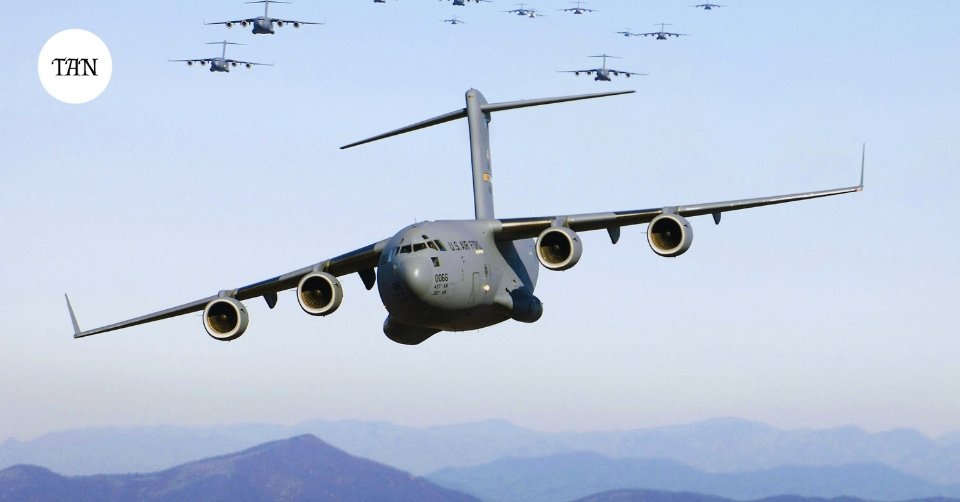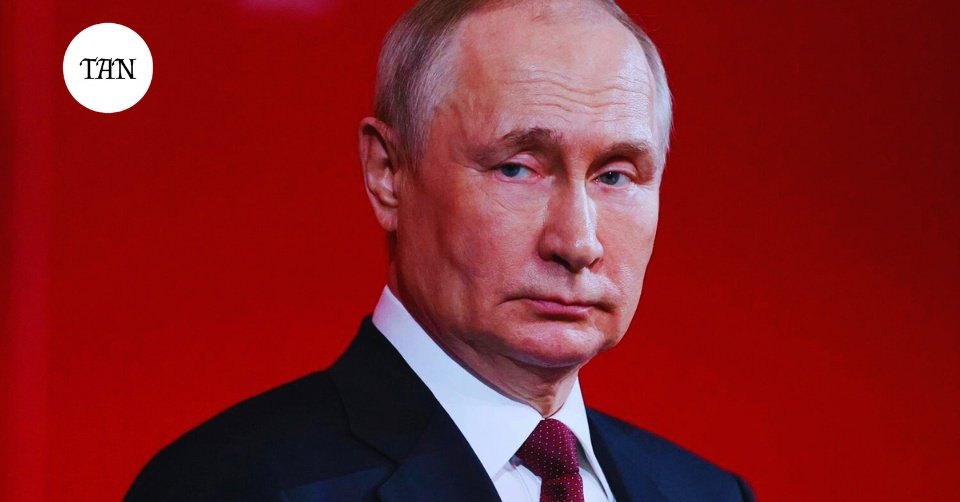The US military plan for 2024 is on crossroads not only because traditional world dynamics and international relations have been upended in recent years but also due to ongoing transitions around the world. Aggressive moves of the Pentagon’s latest deployments and strategic enactments unravel a proactive stance on sustaining and warranting international stability and safeguarding the US’ interests besides counteracting arising threats. This article explores the most significant aspects of the US military strategy of the year 2024, the consequences resulting from the plans worked out, and the background against which these strategies are being developed.

Core Elements of the US Military Strategy 2024
Table of Contents
Adapting to Great Power Competition
As continue to plot their military strategy for the year 2024, their main target remains the top world powers particularly China and Russia. Therefore, the Pentagon’s focus is on deterrence and to leave no room for any competitor in strategically significant areas like the Indo-Pacific and eastern Europe. Based on the National Defense Strategy of the United States, which defines the general objectives and directions of development, the priorities include armed forces’ development, the strengthening of international coalition, military uses of advanced technologies that will allow to confront the advanced capabilities of the adversaries.
- Indo-Pacific Focus: Continuing to focus on the Indo-Pacific is justified as the People’s Republic of China increases its military activities and escalates tensions in the South China Sea. The US Military seeks to improve colluders with strategic counterparts including Japan, Australia and India in the aspect of security while also conducting military drills to increase preparedness.
- Eastern European Engagement: The US Military has since sought to increase its military might in Eastern Europe especially in view of Russia’s aggression especially in Ukraine. This has involved introducing troops and sophisticated equipment to NATO’s ‘eastern front’, and ramping up the West’s help in fortifying Ukraine’s armed forces.
Strengthening Alliances and Partnerships for US Military

In addition, the strategy enhances the understanding that alliances and partnerships are critical success factors in strategic objectives attainment. The United States stays actively involved in NATO for more cooperation with the members of NATO, attend security related conferences, and extend cooperation with some new partners. These are activities that are essential in the formation of cooperation front to fight common enemies and maintain stability .
- NATO’s Role: Therefore, NATO has remained among the critical factors that shape the US defense policy. This is the collective defense mechanism of this alliance and it is crucial in the deterrence of aggression, it also serves to guarantee the member states of the US that it is committed in defending them. The last G7 or G8 summit in which all crucial problems of the world including security were discussed pointed to the fact that solutions to problems had to be sought through coalitions.
- Indo-Pacific Alliances: Currently, the cooperation with the Indopacific nations is being taken forward through structures like Quadrilateral Security Dialogue of the United States, Japan, India, Australia and the Australia-United Kingdom-United States Security Agreement or AUKUS of the United States, United Kingdom and Australia. These alliances seek to counter the China’s growth and maintain the right for passage in South China Sea.
Embracing Technological Advancements
The year 2024 is defined technological advance as the key focus of military plan of United States of America. Currently acting as the Headquarters of the United States Department of Defense, the Pentagon has identified new priorities of delivering artificial intelligence, cybersecurity, space capabilities, and unmanned systems. All these are directed towards achieving a tactical edge for operations in conventional and unconventional warfare.
- AI and Cyber Warfare: Intelligence and cyberspace are currently critical components of modern warfare. The US is devising new machinery and assets through deploying AI for intelligence collection, analysis, and planning. It is also being ramped to protect structures needful of protection and military networks from various complicated cyber threats.
- Space and Unmanned Systems: Outer space is slowly also entering the military and political systems as an element of a nation’s defense. The US Space Force looks outward, developing muscles to deter aggression, defend space assets, and sustain domination in space. Further, use of Unmanned Aerial and Naval Systems which is being enhanced to carry out surveillance, reconnaisance as well as strike operations with the least kind of human fatality.
US Military Responding to Regional Conflicts and Humanitarian Crises
They also find the new US military strategy as focused on the great power competition, but also on the regional conflicts as well as with humanitarian crises. The Pentagon can also mobilize forces quickly to deal with en emergencies situations no matter if it is in an area of conflict or an area that has been ravaged by a natural disaster.
- Middle East Operations: Contrary to the decrease in the number of military bases, the US still holds significant posts in the region to fight terrorism, aid friends and partners, and promote the orderly transportation of commodities, especially oil. For instance, recent movements of the USS Dwight D. Eisenhower and USS Theodore Roosevelt depict continued focus on security within the area and the readiness to address any occurrence as pointed by MercoPress.
- Humanitarian Assistance: In lia, as mentioned earlier in this paper, the US military still has the responsibility of delivering humanitarian aid and disaster relief. This also involves directing resources to disasters such as floods, oil spills, epidemics and other emergencies that can claim lives and cause havoc which demands an urgent action to reduce the damage.
The Broader Context: Global Diplomacy and Defense

In a way, the plan of how the American military will look and operate in 2024 is not mutually exclusive from diplomacy and other pursuits in the international arena and global security systems. Compared to traditional military force-based approach, it is a people-centred approach that does not only aim to build the military power but also improves the capability in diplomacy and uses economic and political instruments for security force.
- Diplomatic Engagements: Diplomacy works hand in hand with militarism by applying power in politics to form alliances, solve disputes and sustain peace. The G7 Summit highlighted enhanced cooperation towards the achievement of global security concerns, as an illustration of how joint military and diplomatic strategy functions in tackling issues.
- Economic and Political Tools: Another instrument of state policy is listed as sanctions, economic aid, accompanied by political support as powers in addition to a military one that shape the state’s relationships in order to fulfill its goals and interests. These tools are helpful when it comes to responding to adversarial activities and when lending a hand to allies or partners in exigent circumstances.
For more in-depth news and updates on US military operations and strategies, you can visit the official US Army website.




